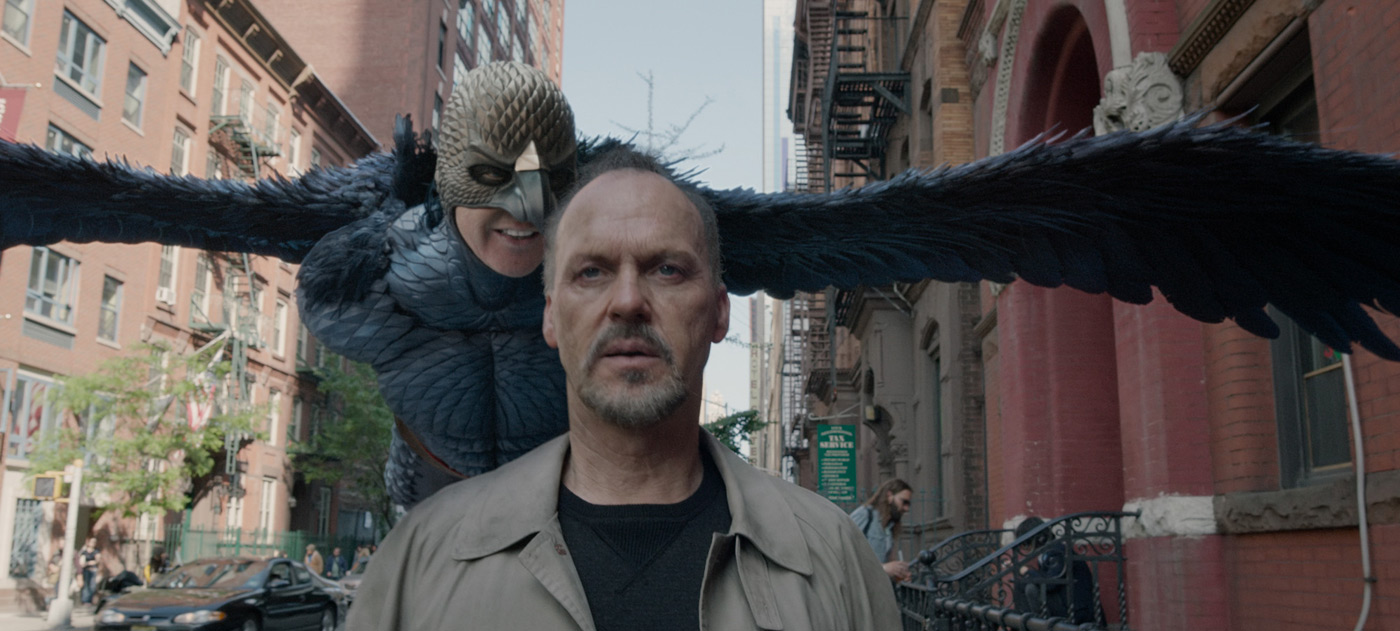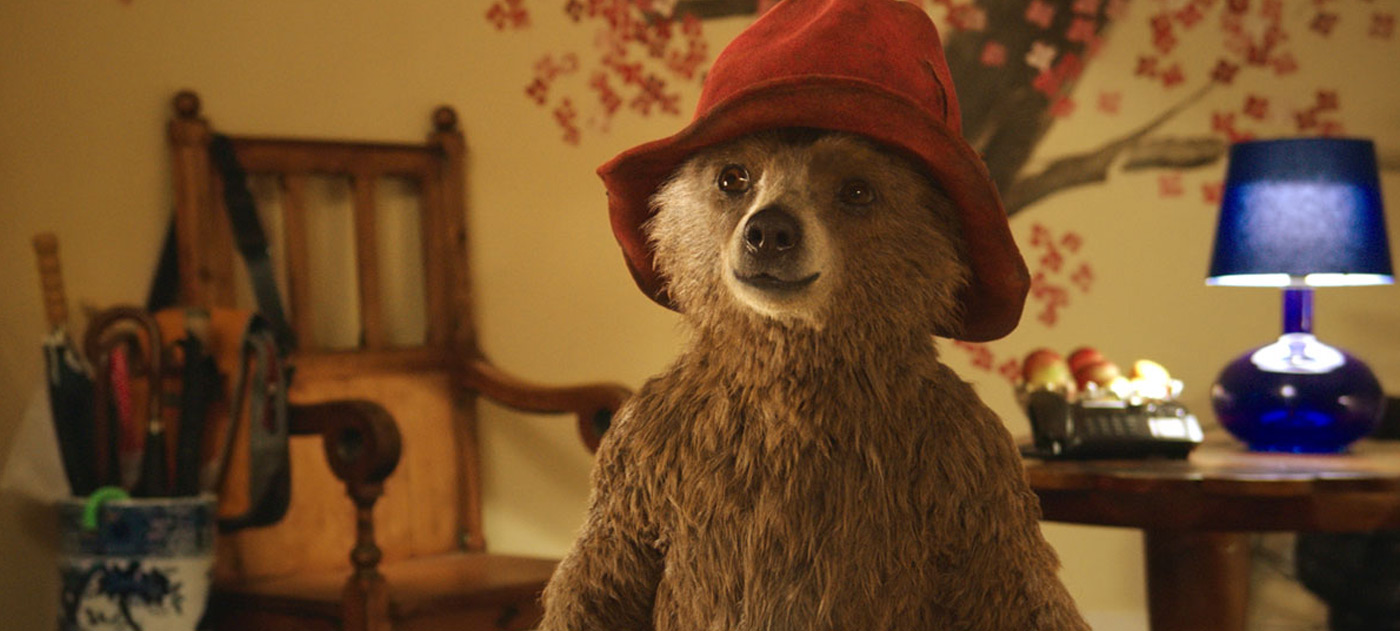January is the time of ice and snow, a time of frigid winds and frozen soil. January is also the chilly, unforgiving landscape where movie studios dump their least-desired product, the little-marketed titles they expect nothing from. In recent years, appropriate for a month of short days and cold nights, January has seen its share of low-budget supernatural horror films aiming to stake their claim of the box office. Joining the illustrious ranks of Devil’s Due, Mama, and The Devil Inside this year is The Woman in Black: Angel of Death, the first major film release of 2015.
A sequel to 2012’s Edwardian-era ghost story The Woman in Black, which starred Daniel Radcliffe, Angel of Death — boasting neither the star power nor the scares of its predecessor — picks up 40 years later as the Blitz rages on in London. Eve Parkins (British TV actress Phoebe Fox), plagued by nightmares of a traumatic incident in her past, is a young teacher tasked with transporting a group of schoolchildren to safety in the English countryside. Accompanied only by Jean Hogg (Helen McCrory, Harry Potter’s Narcissa Malfoy), the children’s old battle-axe of a headmistress, the group takes up residence in an isolated, decrepit manor near an abandoned village and go about their daily lessons as they wait out the war. Unfortunately for them all, this particular house is one we recognize from the first film, the one that is home to the titular spectre.
Soon enough, Eve begins spotting a dark shadowy figure on the grounds of the estate, and children begin dying. To make matters worse, Edward (Oaklee Pendergast), a young boy that Eve feels particular affection for, whose entire family perishing in the bombings has rendered him mute, finds himself under the thrall of the spirit and becomes more and more creepy and withdrawn. With the help of Harry Burnstow, a dreamy pilot she befriends (played dreamily by War Horse’s Jeremy Irvine), Eve must find a way to save Edward and rescue the children from the wrath of the Woman in Black.
The film has decent scares to offer and induces its fair share of gasps, but the main problem is that this world feels underdeveloped. The original film (though marred by an eye-roller of a Hollywood ending) was an unexpected delight, a masterclass in mood and aesthetic that offered a vibrant world of interesting and well-developed characters, gorgeous cinematography, stunning sets and locations, real emotion and humanity, and an unbearable sense of foreboding. It was a world that felt fully real and inhabited.
In Angel of Death, the village from the first film is (nearly) abandoned, utterly destroyed in the ensuing years by the Woman in Black effectively wiping everyone out. However, rather than this feeling like a ghost town where loneliness and dread seep from every corner and crack (as was masterfully done in Silent Hill), it feels instead as if the village scenes were shot on a soundstage. Only ever seen at night and lit only by lantern or car headlights, this village is never given shape. It appears, literally, in silhouette, a mere suggestion of a village. Apart from the lack of actors occupying this space, there is no evidence of the sheer emptiness of this environment, no appreciation of the magnitude of loss. It never feels like a fully realized world that is tragically empty — just nothingness that is empty because it is nothingness. As a result, the haunted manor house seems to float in a void, disconnected from any geographical surroundings.
Despite this, director Tom Harper makes the most of his biggest assignment to date, proving to be an effective stylist and purveyor of eerie atmosphere. The sound design is sufficiently spooky. The ramshackle interiors of the decaying house are designed down to the last detail, courtesy of production designer Jacqueline Abrahams, while DP George Steel does wonders with candlelight and smoky car headlight silhouettes. Every aspect of this film is handsomely mounted and visually interesting — yet it all suffers in comparison to the superior-in-every-way Radcliffe original.
What seems for so long like a promising film is ultimately undermined by the shoddy screenplay by Jon Croker (who also shares a story credit with Susan Hill, author of the source novel). As if the credulity-straining climactic turn of events were not enough, the film concludes with the biggest groan-inducing horror movie cliché of them all — the shameless happy-ending-or-is-it trope — bringing to an end an enjoyable, atmospheric, yet finally frustrating experience, but which is nevertheless not the worst way to begin a new year of film.









Fantastic Four
Fantastic Four